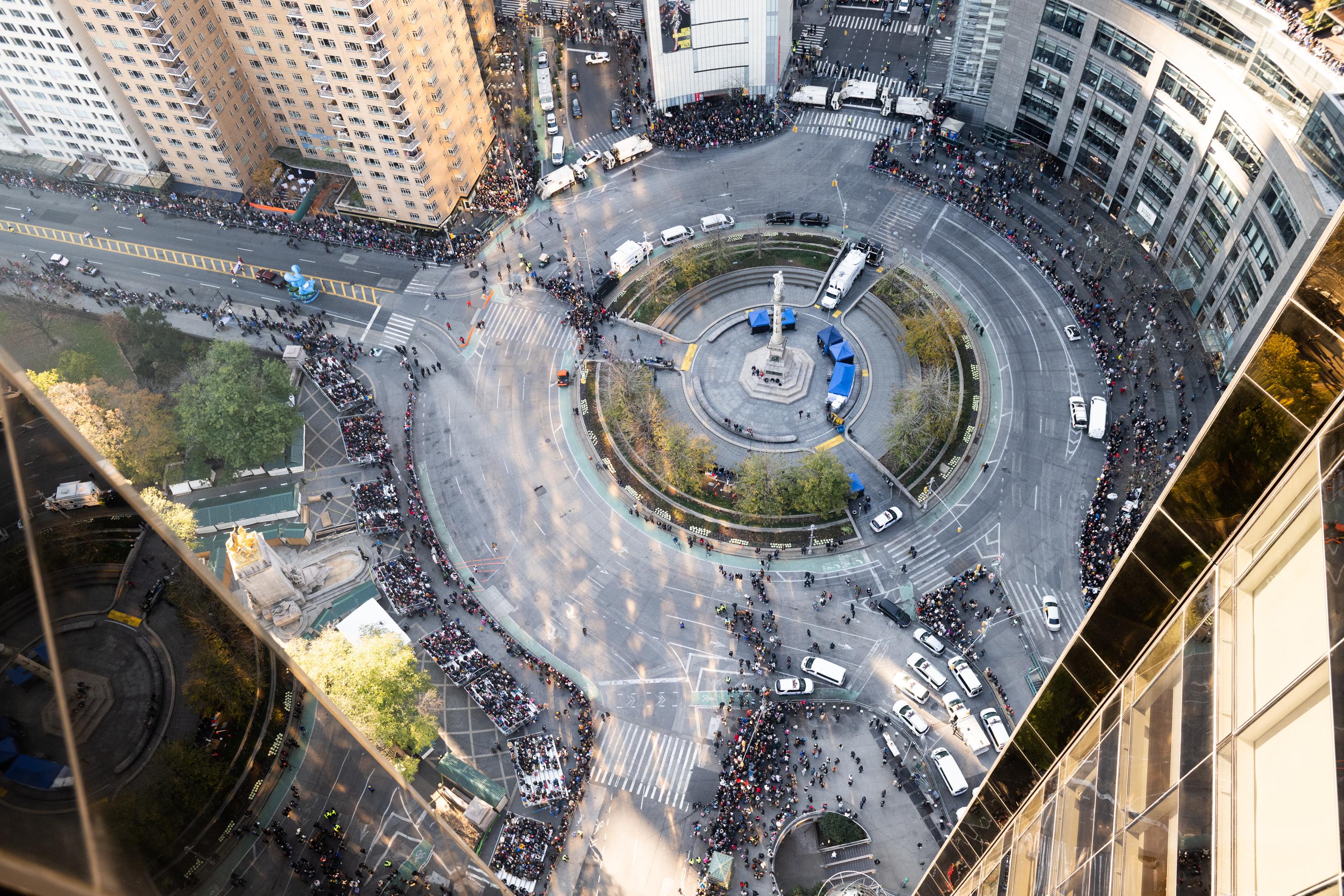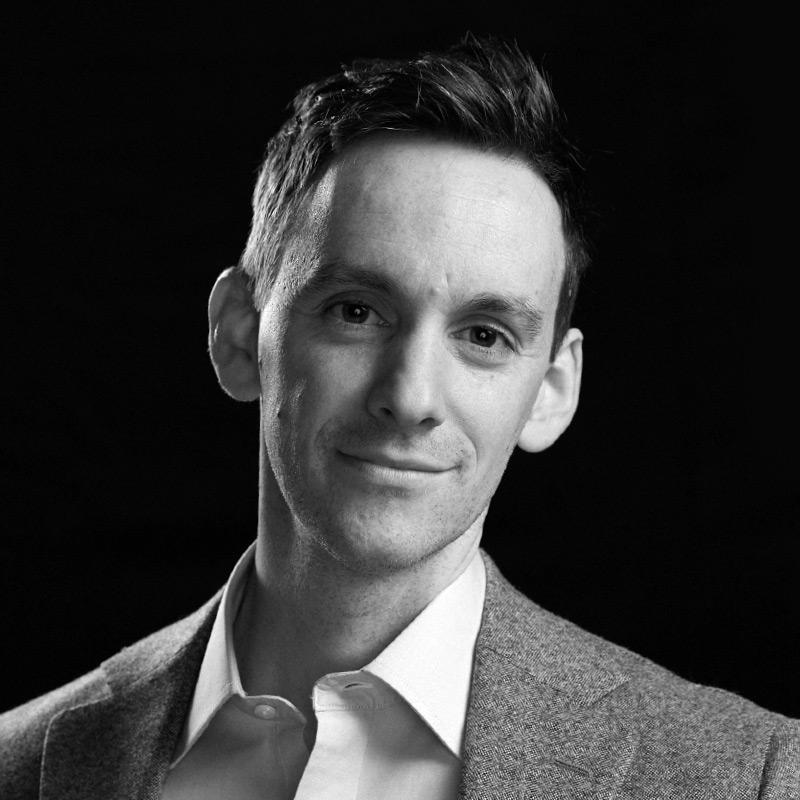
Today’s episode is about the future of the American city. Many downtowns are “wounded renditions of their once-robust selves.” Offices are empty. Commercial real estate is losing value, pulling down municipal tax revenue. Fewer commuters means less transit revenue. Fewer downtown shoppers means less downtown employment. This has led some economists to worry about an “urban doom loop.” Dror Poleg, an author and adviser who writes about the future of cities, talks about the knock-on effects of urban change on finance, work, real estate, and technology.
If you have questions, observations, or ideas for future episodes, email us at PlainEnglish@Spotify.com. You can find us on TikTok at www.tiktok.com/@plainenglish_
In the following excerpt, Derek discusses the changing urban landscape of the U.S.
Derek Thompson: Today’s episode is about the future of the American city. As most of you know, I live in Washington, D.C. I really love D.C. I was born across the river in McLean, Virginia. I went to school in Chicago. I came back to D.C. for four years, then I moved to New York between 2012 and 2019, and then my wife and I moved back to D.C. just before the pandemic in 2019. This city has changed immensely since the 1980s, when I was born. It’s also changed immensely since 2008, when I came back as a journalism intern at Slate. You spend enough time in a place, you really ride the roller coaster of change. A lot of the cool places to hang out 15 years ago are now totally over the hill. The hot restaurants of the aughts and the teens are now considered fusty and uninventive. The up-and-coming neighborhoods from the past years of 14th Street, 8th Street are now very much here and arrived.
Some of the coolest places from my 20s are sort of like the old Yogi Berra line “Nobody goes there anymore. It’s too crowded.” So why am I subjecting you to all of this boring bit of potted autobiography? The answer is that there’s a message here, a moral of the story. Cities change. Cities are always changing. And a city that isn’t changing is probably dying. But in the last few years, since the pandemic began, there’s no question that many of America’s downtowns had a near-death experience followed by what can only be described as an urban recession. This is an article from The Washington Post on my own city, D.C.: “As the third anniversary of the pandemic approaches, downtown Washington is a wounded rendition of its once-robust self. Many streets at the city’s core are pocked by vacant storefronts, moribund sidewalks, and offices that even on the busiest days are just over half occupied. According to a 2022 survey by the DC Policy Center, 137 of the city’s 733 large office buildings, most of them downtown, have vacancy rates of more than 25 percent.”
D.C. is not unique when it comes to this problem of downtown vacancy. The city has roughly the same share of workers coming into offices as New York, Los Angeles, San Francisco, Philadelphia. Those downtowns are also experiencing what D.C. is experiencing—a shocking decline in office occupancy, declining commercial real estate, declining property tax revenue that comes directly from falling real estate values, fewer commuters, less transit revenue, fewer downtown shoppers, less downtown employment. And it’s led some urban thinkers to worry. Are American cities, some of them, anyway, headed for an urban doom loop where economic activity declines in concert with tax revenue and services, which means that economic activity declines even more and services shrivel up, on and on, and this city just, I don’t know, shrivels up and dies?
If you take a step back, if you take a deep breath, the U.S. is not in a recession. The U.S. economy is growing. Unemployment is 3.5 percent. So, if economic activity is, at the margins, leaving some downtown areas, it’s not disappearing. It’s going somewhere else. So where is it going? The answer is twofold. Some of it is going to the suburbs, and a lot of it is going to the sun. According to the most recent census report, the three cities with the largest numeric increase in the last year of counting were San Antonio, Phoenix, and Fort Worth, near Dallas. All very sunny. If you look at the 15 cities with the largest numeric increase, those cities are in the following states: Texas, Arizona, Texas, Florida, Nevada, Florida, Arizona, Texas, Texas, Texas, Idaho, Texas, Florida, Texas, Texas. All sunny.
The politics of this shift, by the way, are pretty interesting, because those cities that I just named, all of them, maybe with the exception, I guess, of Nevada, Arizona, are red-leaning states. But the cities that are growing within those red-leaning states tend to vote for Democrats. This is not the time to go too deeply into this, but this general phenomenon, the idea that the most dynamic parts of the country aren’t pure blue or pure red, but rather bluish metros in reddish states, is very important. Probably want to keep our eye on it. If you put all these things together, the remote work revolution, fears of an urban doom loop, the ongoing migration of Americans away from colder cities, northern cities, coastal cities, cities where I have lived, D.C., Chicago, New York City, toward the sunny swoop of the Sunbelt, it got me thinking, What’s happening to the American city, and how can we contextualize it? How can we frame it?
Today’s guest is very gifted at contextualizing and framing. His name is Dror Poleg. He’s an author and adviser who writes about the future of cities. And we talk about the knock-on effects of urban change on finance, and work, and real estate, and technology. I’m Derek Thompson. This is Plain English.
This excerpt was edited for clarity. Listen to the rest of the episode here and follow the Plain English feed on Spotify.
Host: Derek Thompson
Guest: Dror Poleg
Producer: Devon Manze
Subscribe: Spotify

